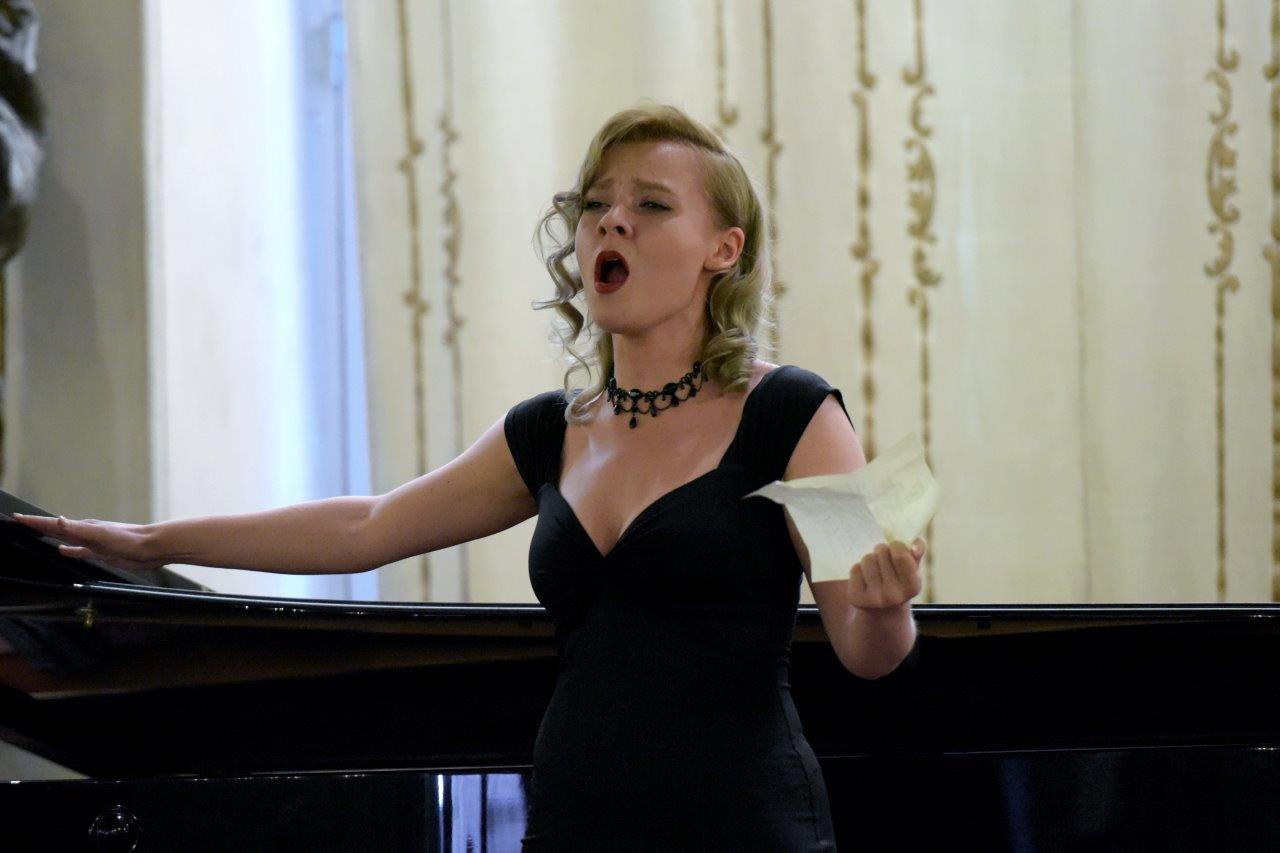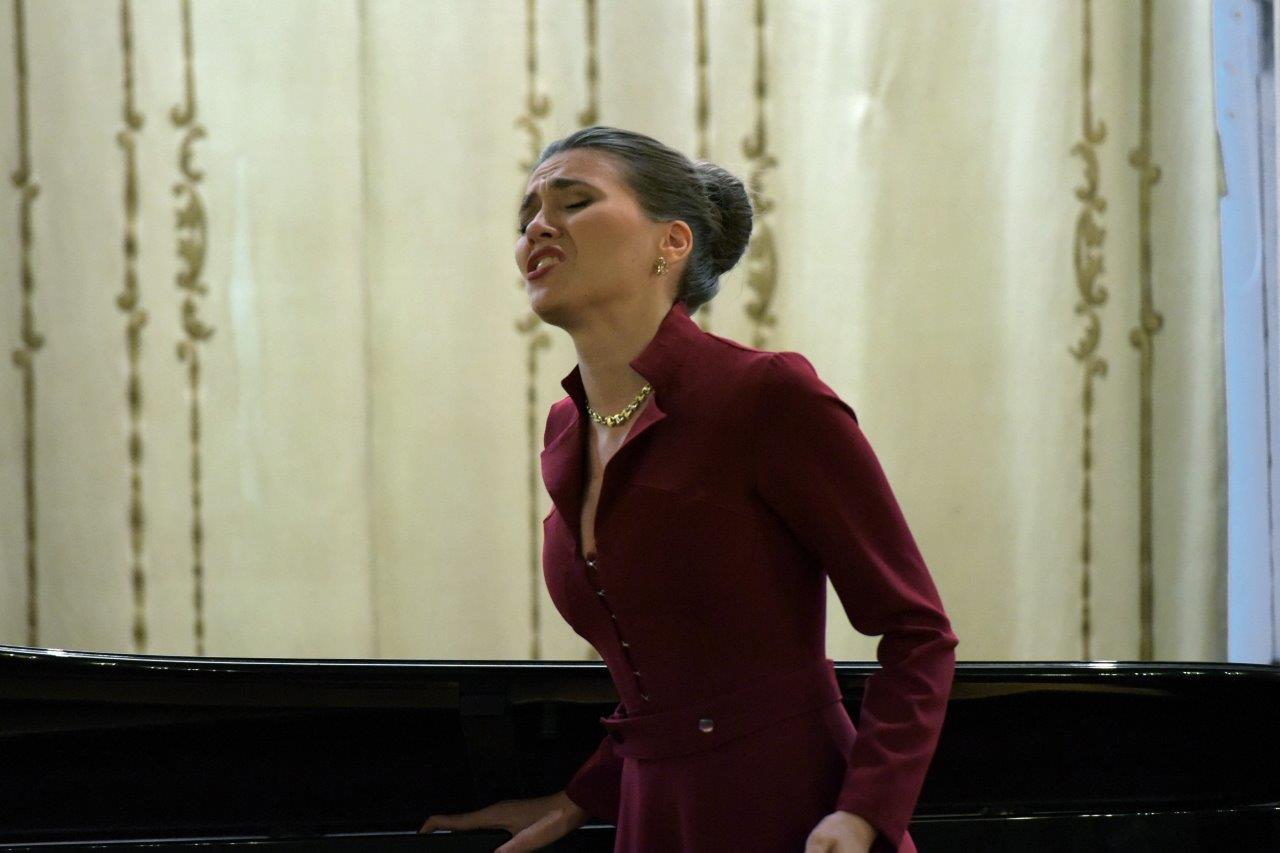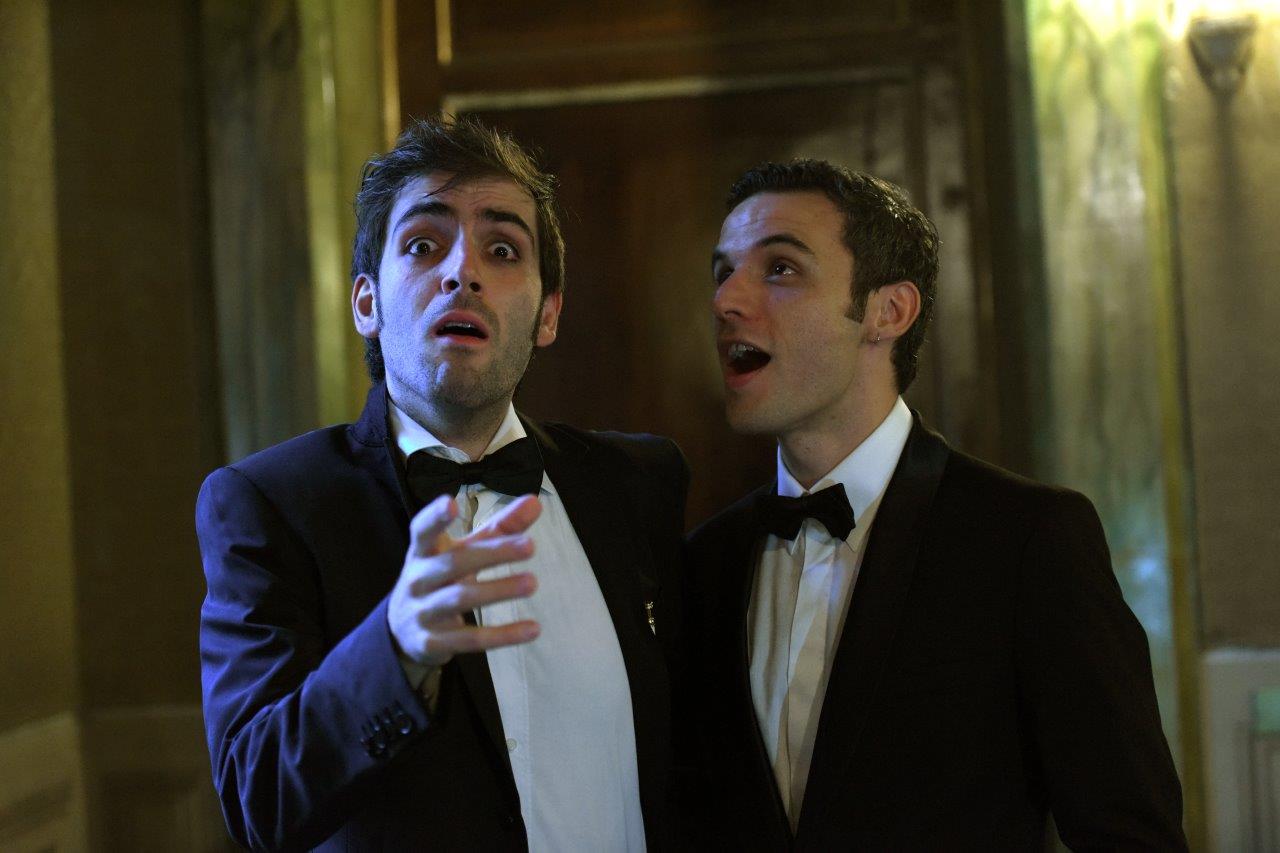This post is also available in:
 Italiano (Italian)
Italiano (Italian)

GENERAL INFORMATION
The Course is devoted to the study of belcanto, and aims to strengthen the technical and expressive foundation required to perform this repertoire which, while remaining within the Classical sphere, may span from recitar cantando to contemporary works.
The 2023 course includes, in addition to the classical program (arias, duets and ensemble pieces that can be performed at the final concert of the course and in other public performances), the preparation and staging of a fundamental example of recitar cantando Il Combattimento di Tancredi e Clorinda by Claudio Monteverdi and the hilarious theatrical farce Il campanello, a masterpiece by Gaetano Donizetti. Only one performance will be staged for each of the two titles. Therefore, in terms of participation in the course, 8 singers are expected for the two theatrical works, and 4 for an open course of study.
The number of participants in the 2023 course shall be limited to 12 active students.
The number of auditors is flexible.
To be admitted to the course, the candidate must pass the required exam (video-audition) and pay the corresponding tuition fee.
During the course, students will also be able to perfect further pieces of their choice. These must be indicated in advance on the registration form. For each piece, the candidate must provide copies of the scores in the original key for the teacher and for the collaborating pianist.
The names of the two best students of the course will be sent to the Teatro Comunale di Bologna so they may audition for possible involvement in the Fondazione Lirica (Opera), given the compatibility in the Theatre’s programming and the characteristics and availability of the indicated students.
ENTRANCE EXAMINATION
Course participants will be selected exclusively on the basis of the online video audition.
It is required to present the following repertoire:
For “Il combattimento di Tancredi e Clorinda” the following is requested:
Testo (baritone or tenor)
– the beginning of the madrigal from“Tancredi, che Clorinda un uomo stima…” up until “cozzan con gli elmi insiem e con gli scudi”
– “Rosa del ciel” from “Orfeo” by C. Monteverdi
– an aria of your choice from the recitar cantando period up until Mozart
Tancredi (baritone or tenor)
– the first scene from “Il ritorno di Ulisse in patria” by C. Monteverdi: “dormo ancora…”
– little aria “la mia turca che d’amor” by C. Monteverdi
– an aria of your choice (up until Mozart) that clearly highlights the articulation of the sung word
Clorinda (soprano)
– all the phrasing of the role from: “oh tu, che porti correndo sì?” until the last seven beats of the madrigal “s’apre il ciel io vado in pace”
– aria: “si dolce è ’l tormento” by C. Monteverdi
– an aria of your choice (up until Mozart) with particular attention to articulation
For “Il campanello” the following is requested:
Serafina (light lyric soprano)
– “convien partir” from “La figlia del reggimento” by G. Donizetti (Italian version)
– “È lindo e civettin… van la casa e l’albergo” from “Rita” by G. Donizetti
– an aria of your choice, preferably in from the same period
Madama Rosa (soprano / mezzosoprano)
– recitativo from “Il campanello”, after the aria by Annibale: “amici, se ballar volete ancora…” (Rosa): “genero amato…” up until “manca il più gaio dei congiunti”
– Berta’s aria “il vecchiotto cerca moglie” from “Il barbiere di Siviglia” by G. Rossini, OR the aria of Adalgisa “sgombra è la sacra selva” from “Norma” by V. Bellini
– an aria of your choice from the virtosistic repertoire up until the first half of the nineteenth century
Don Annibale Pistacchio (bass / bass-baritone)
– aria “Bella cosa amici cari”, proceeding with the recitativo with Madama Rosa: “Amici se ballar volete ancora”, until: “come senza di lui regna in mia casa la gioia ed il sollazzo!”
– an aria from the virtuosistic works of Rossini or Donizetti
Enrico (virtuosistic baritone)
– brindisi (appendice): “Mesci, mesci, e sperda il vento…”
– aria (appendice): “mio signore venerato…!”
– an aria from the works of Rossini or Donizetti of the style and spirit that is compatible with the musical period under consideration
Spiridione (tenor)
– recitativo (scene III): “Oh che pazzo! Oh che pazzo!… until: “paf… pif.. punf… alcune ne raccolsi… mirate”
– Don Basilio’s aria from “Le nozze di Figaro” by W.A. Mozart, recitativo “quel che soffrono tanti…” aria: “in quegl’anni in cui val poco”
The scores for “Il combattimento di Tancredi e Clorinda” and “Il campanello” must be requested from the Student Secretariat of the Academy (allievi@chigiana.it). Please use ONLY the scores sent by the student secretary and the given tonality indicated on the score.
The 4 singers who will participate in the open course should send three arias that belong stylistically to three different centuries (‘600, ‘700 and ‘800 or ‘700, ‘800 and ‘900), where at least one in a language other than Italian and one is accompanied by a recitativo.
For the singers who will be deemed suitable for the performance of “Il combattimento di Tancredi e Clorinda” and of “Il campanello” prior memorization and particular care of diction is required.
with the
Opera Workshop
(22-29 July)
FRANCESCO DE POLI
collaborating pianist
AGE LIMITS
sopranos and tenors: 32 years
mezzo sopranos, baritones and basses: 34 years
ADMISSION
Mandatory audition
link to a video recording must be included in the online application
TUITION & FEES
– APPLICATION FEE must be sent to the Accademia Chigiana WHEN YOU SUBMIT THE APPLICATION!
– Course tuition / ATTENDANCE FEE should be paid only after receiving an acceptance letter from the Accademia to the course
APPLICATION DEADLINE
10 MAY
COURSE BEGINS
10 JULY at 9am


COURSES
NEW SOUNDS
BAROQUE PROGRAM
Last updated: 31/01/2023

